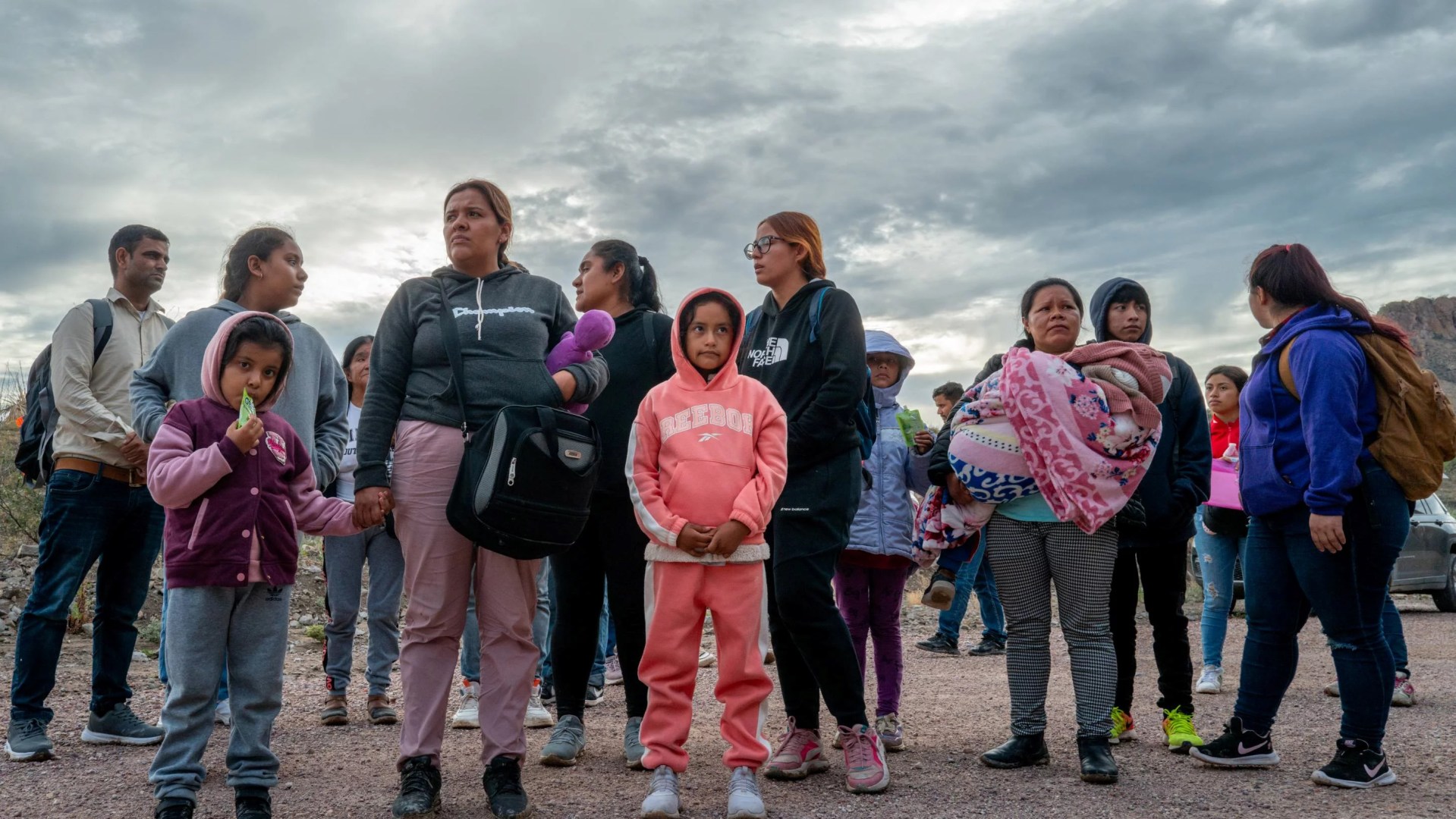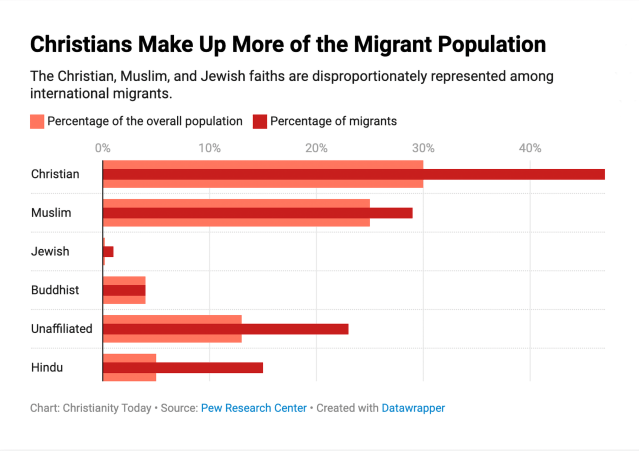This piece was adapted from Russell Moore’s newsletter. Subscribe here.
Sometimes, a viral video can explain a cultural moment better than a stack of sociology journals. This is one of those times. Standup comedian Josh Johnson expertly explained the ironies of the recent double-cancellation of a racist-talking TikTok “trad wife.” His larger point is one we need to hear right now.
Johnson explained in his set the background of all of this: the growing trend of women who bill themselves as “traditional wives,” instructing other women through cooking and other sorts of videos on how to be “better” at being women. One of these content creators enraged the internet with a use of the most notorious racial slur while seasoning some chicken. The comedian was intrigued not by that controversy but by what happened next.
The trad wife, he said, doubled down on the racist talk and, after being fired from her job, started dropping the slur repeatedly in her videos. She tried to affiliate herself with other alt-right white nationalist “influencers.” It did not go as she planned.
“She just doesn’t quite have the juice,” Johnson said. “Like, when you’re watching her, she’s saying bad things, and they’re annoying, but I’m not angry—she just doesn’t have the oomph to get me there.”
She kept using more and more slurs, Johnson recounted, more and more frantically, in the hopes of getting an audience with neo-Nazis and other bigots, “just trying to prove how terrible she is.”
“The neo-Nazis start rejecting her as a psyop,” Johnson said, “because they feel what I feel. They see the video and they’re like, ‘Um, you don’t mean it, though.’” That’s when the turn comes. The neo-Nazis, Johnson explained, start finding and posting things the woman had tweeted years ago, calling out racism.
“So now she’s getting canceled by the neo-Nazis for old not-racist tweets,” Johnson said. “Then she’s over here fighting for her life, trying, like, N-word, F-word, everything, just throwing it all out there, trying to see what sticks,” but all that just makes the white nationalists angrier.
“She doesn’t have enough of the real. You can tell she’s not really racist. … You can just tell she doesn’t have the fire in her,” Johnson said, so much so that her awkward, frantic attempts to fit in were actually making racist people uncomfortable.
“That’s not how you do it,” Johnson said. “If you really want to be somebody as a racist, if you really want to make waves as a bigot, you start out slow, you start with a bunch of slow and steady dog whistles over decades.”
Johnson’s routine makes the audience laugh, of course, because he recognizes the pathetic nature of the ironies of it all—the career woman who makes videos pretending to be a trad wife, the climber who tries to be a star by pretending to be a bigot. We cringe when we think, Who would want to find a community with white supremacist online bigots, anyway? And we cringe again when we realize that, despite all that self-degradation, it doesn’t even work.
What Johnson is really lampooning here is not this one ephemeral situation in an online controversy, soon forgotten. Nor is he making the case that this would-be “influencer” is somehow less racist than the others because she’s trying to use racism for self-advancement rather than expressing an internally felt ideology. Is a bigot who would feign bigotry for Machiavellian self-advancement less morally compromised than the one whose bigotry comes from reading Mein Kampf?
Instead, Johnson is pointing out something about fallen human nature that’s especially on display right now in our time. The craving for significance—proven in the approval of other human beings—is so strong that some people will pretend to be even more depraved than they actually feel in order to appeal to people for whom the depravity is the price of belonging.
We see this all over the place in the political arena, as people morph themselves into sounding like demagogues of the left or the right, people who don’t really mean it, and who end up losing not only their integrity and their own self-respect but—ultimately—even the respect of those to whom they seek to pander.
And we see it in the church by those who seek not to learn how to teach the Bible, counsel the hurting, or evangelize the lost, but to be significant by how shockingly viral they can be in hating the people other people want them to hate. This is often, in our day, called the aspiration to be an “edgelord,” a person who aims to be known for saying shockingly nihilistic or taboo things to gain an audience. Sometimes, this is because someone they respect is egging them on, someone who will discard them the minute they are no longer useful.
Usually, with most people, this temptation is not so extreme; but it is, as Scripture says, “common to man” (1 Cor. 10:13, ESV throughout). Human beings fear being put “out of the synagogue”—however they define that gathering of people whose approval they want. And this is rooted, the Bible tells us, in a pull to love “the glory that comes from man more than the glory that comes from God” (John 12:43).
We typically think that this temptation is for glory from people in general, or from “the culture” in general (whatever that is). In reality, it’s usually much more specific.
People want to fit into not a culture but a subculture—a group of people who will absorb them and protect them from feeling alone and insignificant and alone. When those people demand they prove their worth with edginess or craziness or bigotry—well, that’s just as alluring as the demand of those who demand brilliance or wealth or success or sexiness or urbanity or anything else.
One gets free of this, as with every other temptation, by recognizing it for what it is—a pitiful pull to Esau’s pottage (Heb. 12:16–17)—and by replacing the fake glory with what’s real: the glory of Christ. This glory brings us into community by first reducing us down to one (Matt. 18:12) and grants us significance by first having us sacrifice every claim to it (Phil. 2:5–9).
Within the church, in this age as in virtually every other, most people seek to build up the church in the ways of Christ by quietly learning to exercise their spiritual gifts. Right now, some young person called to ministry is in an empty room practicing a sermon or seeking counsel from an older sage on how to study the Bible. Some young person called to counsel those who are hurting is learning how to “read” people and what to do in certain crisis situations. Someone is memorizing where he should stand at an usher station, how loudly she should project her voice in the Scripture reading. To some, that seems boring and a waste of time.
And yet, God works—invisibly, slowly, effectually—through fidelity and not through vitality, by disciples and not by edgelords. Anything else—no matter how it seems to “work” in the moment—is, in the long run, so sad it’s not even funny.
Russell Moore is the editor in chief at Christianity Today and leads its Public Theology Project.









































